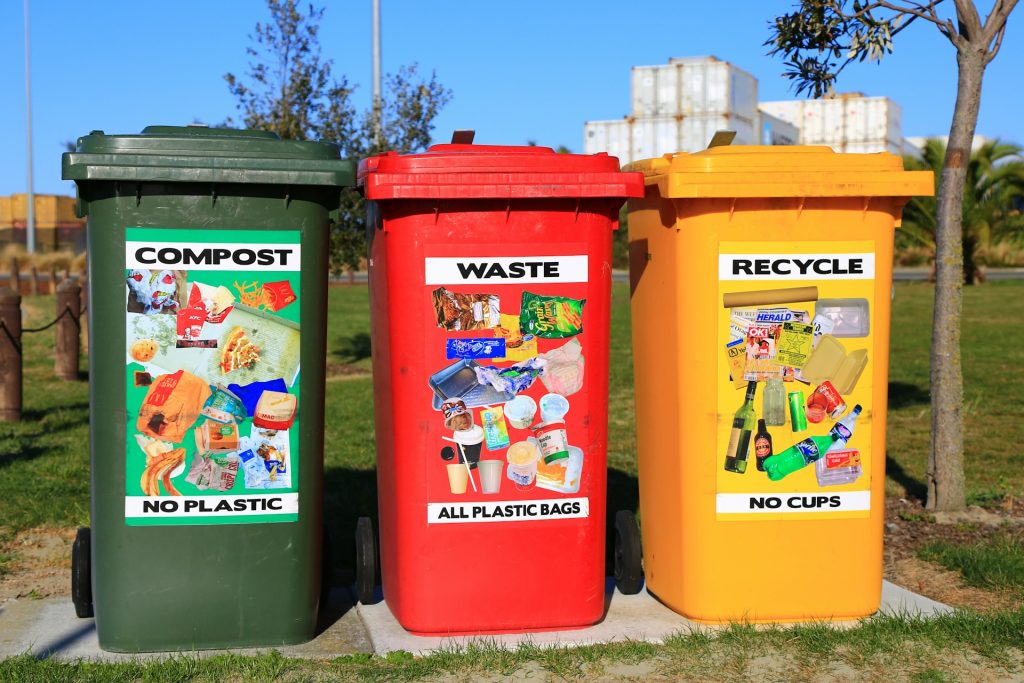How To Make Your Business Green?
June 7, 2024Wondering about how to make your business green? In today’s environmentally conscious market, making your business green is not just a moral imperative, but also a strategic advantage. Adopting sustainable practices can help reduce operational costs, enhance brand reputation, and meet the growing demand from eco-aware consumers. This guide outlines practical steps to help you create your own green business strategy.
Assess Your Current Environmental Impact
Before implementing green initiatives, it’s essential to understand your business’s current environmental impact. Conduct an environmental audit to identify areas where you can improve. This audit should include:
- Energy Consumption: Analyze your energy use, including electricity, heating, and cooling.
- Waste Production: Assess the amount and types of waste your business generates.
- Water Usage: Review your water consumption patterns.
- Supply Chain Impact: Evaluate the environmental practices of your suppliers and partners.
Reduce Energy Consumption
Reducing energy consumption is one of the most effective ways to make your business greener. Here are some strategies:
- Energy-Efficient Lighting: Replace traditional incandescent bulbs with energy-efficient LED lighting. LEDs consume less power and have a longer lifespan.
- Smart Thermostats: Install smart thermostats to optimize heating and cooling systems, reducing energy wastage.
- Equipment Upgrades: Invest in energy-efficient appliances and machinery. Look for products with Energy Star ratings.
- Renewable Energy: Consider switching to renewable energy sources, such as solar or wind power. Installing solar panels can significantly reduce your reliance on non-renewable energy.
Minimize Waste
Another strategy on how to make your business green is implementing waste reduction strategies that can help lower your environmental footprint and operational costs. Consider the following:
- Recycling Programs: Set up comprehensive recycling programs for paper, plastics, metals, and electronic waste. Educate employees about proper recycling practices.
- Reduce Paper Usage: Transition to digital documentation and communication to minimize paper use. Encourage double-sided printing when printing is necessary.
- Compost Organic Waste: If your business generates organic waste, such as food scraps, set up a composting system.
- Reusable Products: Replace single-use items with reusable alternatives, such as glass or stainless steel containers and utensils.

Sustainable Procurement
Adopting sustainable procurement practices ensures that the products and services you buy are environmentally friendly. Here’s how:
- Eco-Friendly Suppliers: Choose suppliers who follow sustainable practices and offer eco-friendly products.
- Local Sourcing: Source materials and products locally to reduce transportation emissions and support local economies.
- Sustainable Materials: Opt for sustainable materials, such as recycled, biodegradable, or sustainably sourced products.
Water Conservation
Water is a precious resource, and conserving it is crucial for a green business. Implement these water-saving measures:
- Low-Flow Fixtures: Install low-flow faucets, toilets, and showerheads to reduce water usage.
- Water-Saving Landscaping: Use drought-resistant plants and efficient irrigation systems for landscaping.
- Leak Detection: Regularly inspect and repair leaks in plumbing systems to prevent water wastage.
Green Transportation
Transportation is a significant source of carbon emissions. To make your business greener, consider the following:
- Electric Vehicles: Transition to electric or hybrid vehicles for company fleets.
- Public Transport and Carpooling: Encourage employees to use public transport, carpool, or bike to work. Provide incentives such as transit subsidies or bike storage facilities.
- Remote Work: Implement remote work policies to reduce commuting emissions.

Sustainable Office Practices
Adopting sustainable practices within the office environment can contribute significantly to greening your business. Here are some ideas:
- Green Office Supplies: Use recycled paper, non-toxic cleaning products, and other eco-friendly office supplies.
- Eco-Friendly Furniture: Choose office furniture made from sustainable materials.
- Indoor Plants: Incorporate indoor plants to improve air quality and enhance the work environment.
Employee Engagement and Education
Your employees play a crucial role in your sustainability efforts. Engage and educate them to foster a culture of environmental responsibility:
- Training Programs: Provide training on sustainable practices and the importance of reducing environmental impact.
- Green Teams: Form a green team or sustainability committee to lead and promote green initiatives within the company.
- Incentives: Offer incentives for employees who actively participate in or suggest effective sustainability measures.
Monitor and Report Progress
Regularly monitor and report your progress to ensure your green initiatives are effective. Use key performance indicators (KPIs) to track improvements and identify areas for further enhancement:
- Environmental Management Systems (EMS): Implement an EMS, such as ISO 14001, to systematically manage your environmental impact.
- Sustainability Reporting: Publish sustainability reports to transparently communicate your environmental efforts and achievements to stakeholders.
Transitioning to a green business is now one of the current business trends. By reducing your environmental footprint, you not only contribute to the health of the planet but also improve your company’s efficiency, reputation, and bottom line. Follow the steps outlined in this guide to make your business more sustainable and resilient for the future.
Author Profile
Latest entries
 HealthJune 16, 2024Understanding the Role of Sleep in Overall Health and Wellbeing
HealthJune 16, 2024Understanding the Role of Sleep in Overall Health and Wellbeing Home Improvement & DecorJune 14, 2024How to Start a New Sport: Tips for Beginners
Home Improvement & DecorJune 14, 2024How to Start a New Sport: Tips for Beginners SportsJune 14, 2024The Most Anticipated Sporting Events of 2024
SportsJune 14, 2024The Most Anticipated Sporting Events of 2024 ShoppingJune 13, 2024A Beginner’s Guide to Smart Shopping: Tips and Tricks
ShoppingJune 13, 2024A Beginner’s Guide to Smart Shopping: Tips and Tricks



